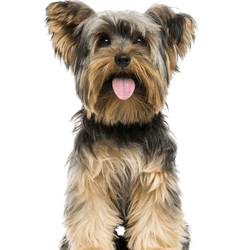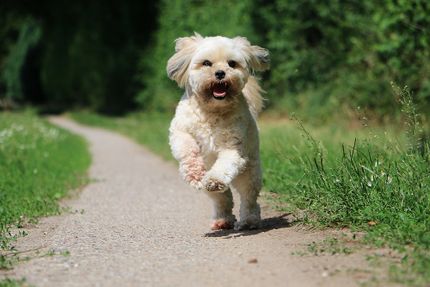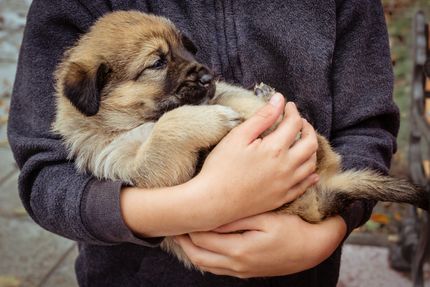
Morkie:Maltese and Yorkshire Terrier Mix
Morkie
Facts & Origin
When buying a Morkie, you end up with a cross between Yorkshire Terrier and Maltese. The Morkie has never been recognised as an independent breed. Nevertheless, there are Morkie breeders existing that you can buy your puppy from, since they have gained many admirers thus far.
Origin of the Morkie
The first Morkies were bred in the USA. This cross between Yorkshire Terrier and Maltese has gained popularity in many other countries now too.
| Alternate Name | - |
| Origin | Malta - UK |
| Life expectancy | 14 - 16 years |
| Care requirements | high-maintenance |
| Activity level | low |
| FCI group | not recognised |
| AKC group | not recognised |
| KC group | not recognised |
More Maltese mixes
More Yorkshire Terrier mixes
Attitude, character and temperament of the breed
Characteristics of the Morkie
If you buy a Morkie puppy from a breeder or adopt an adult Morkie, you have chosen a dog with many good character traits. Morkies are able to create a strong bond with their owners. They are extremely social. Like all dogs involving Terrier breeds, the little Morkies can be a bit stubborn and are also very attentive and observant. They are intelligent and need a lot of work, otherwise they will get bored. Morkies need to be given enough attention. Morkies usually get along well with other dogs and other pets. It is a good idea though to get them used to other animals living in the household right from the start.
You should not leave your Morkie home alone for too long, because it can end up getting bored and destroying things or starting to bark a lot out of boredom. If you have enough time, a Morkie is very well suited as an apartment dog.
A Morkie is a good choice for people suffering from allergies too. They are said to be hypoallergenic breeds and therefore considered allergy-friendly dogs.
A particular advantage of the Morkies is that they do not shed and dog allergy sufferers usually have no problems with these dogs.
Character
Usage

Health and breeding information
Health and breeding of Morkies
Morkies can also be at risk for suffering certain breed-specific diseases. They occasionally experience health problems which their parent breeds also suffer from. This refers to
- Kidney failure,
- Glaucoma,
- Patellar luxation,
- Tracheal collapse,
- Hydrocephalus,
- chronic heart valve disease or the
- Cataract.
Of course, dogs which suffer from either of these diseases should no longer be used for further breeding.
A healthy diet for the Morkie
The best way to feed a Morkie is with high quality dog food. If it is fed dry food, the individual chunks should not be too big for this small dog. Morkies often have problems with colouring and preservatives in their food. This is inherited by their Yorkshire Terrier parent and often prevails. Since Morkies are prone to gaining weight easily, it is advisable to look for dog food that does not contain too many carbohydrates.

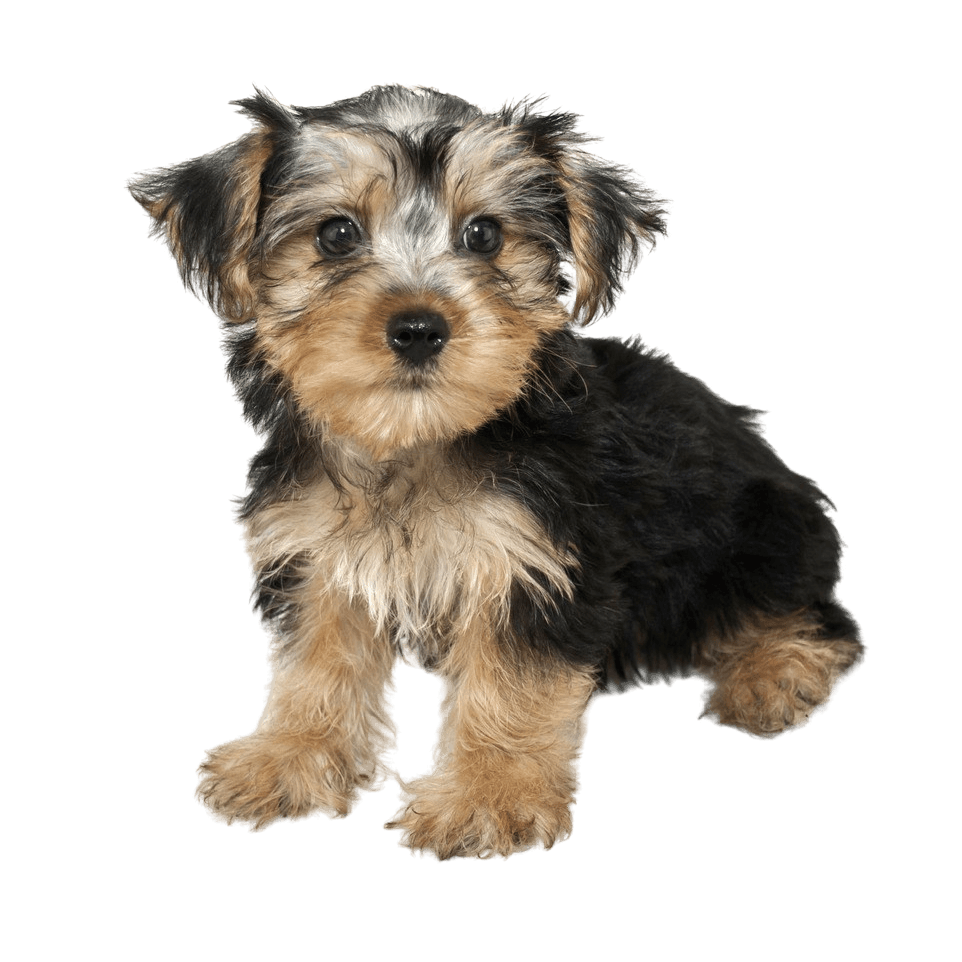
Appearance of the hybrid breed Morkie
Morkies can differ a lot regarding their appearance. It depends on whether the Yorkshire Terrier or the Maltese comes through more. Therefore there exist a lot of variations in colour, size and weight of these dogs.
| Life expectancy | 14-16 years |
| Size | 24-30cm at the withers |
| Weight | 1.8-6.8kg |
| Colours | black, brown, tan, white and multi-coloured |
| Ears | pointed like the Yorkshire Terrier or rounded like the Maltese |
| Coat
|
long and soft |
| Fur length | medium |
| Fur | wavy - flat coated |
| Ear shape | Triangle - Standing Ears |
| Tail | fanned out - short |
| Anatomy | dainty |
| Size ♀ | 24 - 30 cm |
| Weight ♀ | 2 - 7 kg |
| Size ♂ | 24 - 30 cm |
| Weight ♂ | 2 - 7 kg |
| Suitable For | suitable for allergy sufferers, Beginner, Children, Seniors |
Colors


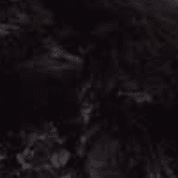
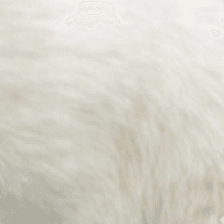
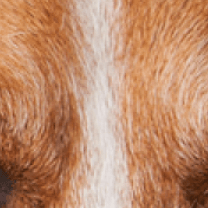
Known Diseases
Cataract
Cataracts are still one of the most common causes of blindness, even in dogs.
Kidney disease
Symptoms of kidney disease in dogs: increased urination (polyuria) increased water intake. Inflammation of the mucous membrane of the mouth. Loss of appetite
Patellar luxation
Patellar luxation is the term used to describe a displacement of the kneecap, which is one of the most common causes of lameness in dogs.
Useful Articles
You can find articles that might interest you in the dogbible blog to match your favorite breed.
Visit our magazineto stay up to date on dog trends.
To find out more, view our Privacy Policy
Find here the breed that suits you and find out what character traits it has. Here you can also learn more about the origin, size and weight of your favorite breeds.
Matching your favorite breed, you'll find articles that might interest you on the dogbible dog blog.
Anal gland inflammation - causes, symptoms, diagnosis, prevention and treatment.
5 tips for the dog's paws in the cold and snow
Dry dog food vs. wet food - which makes more sense? Which is healthier?

